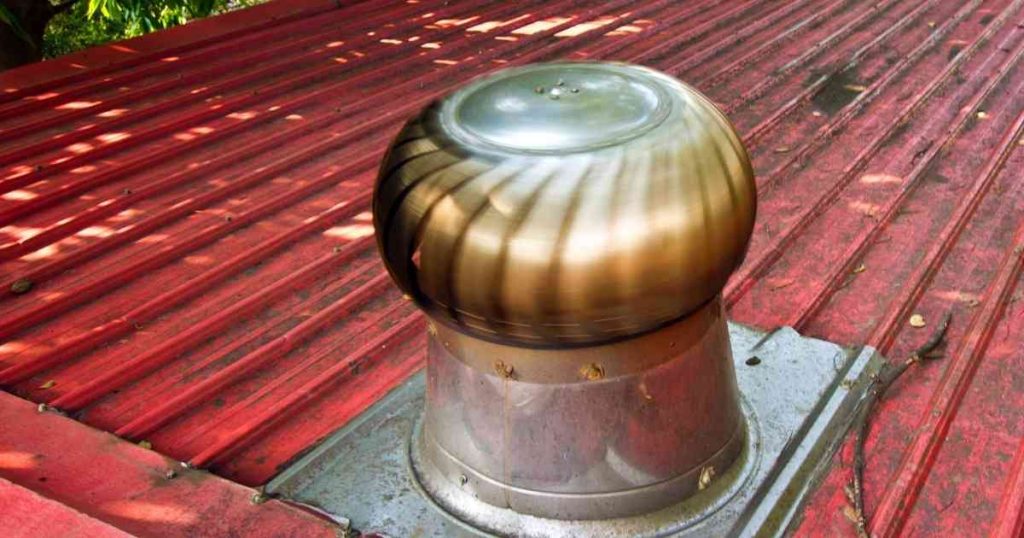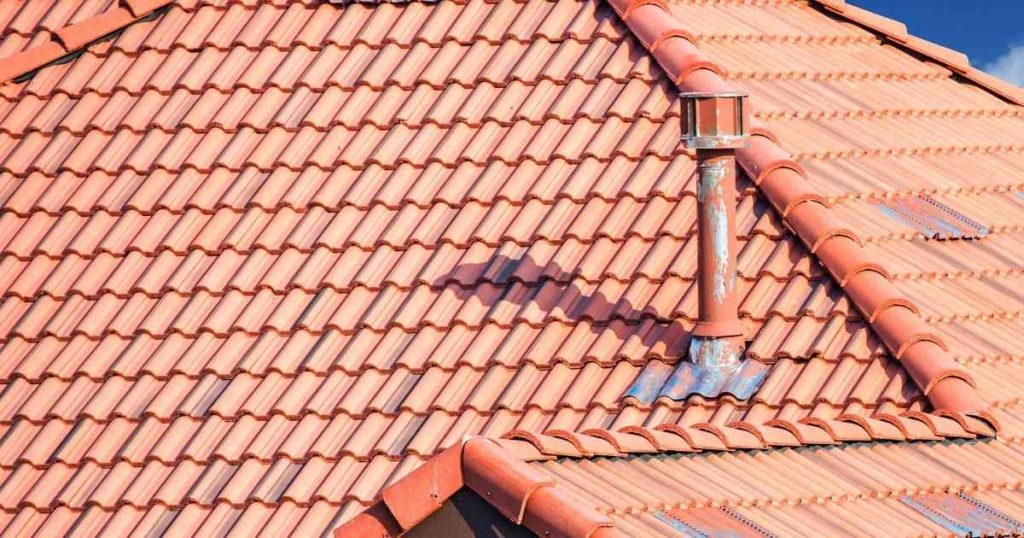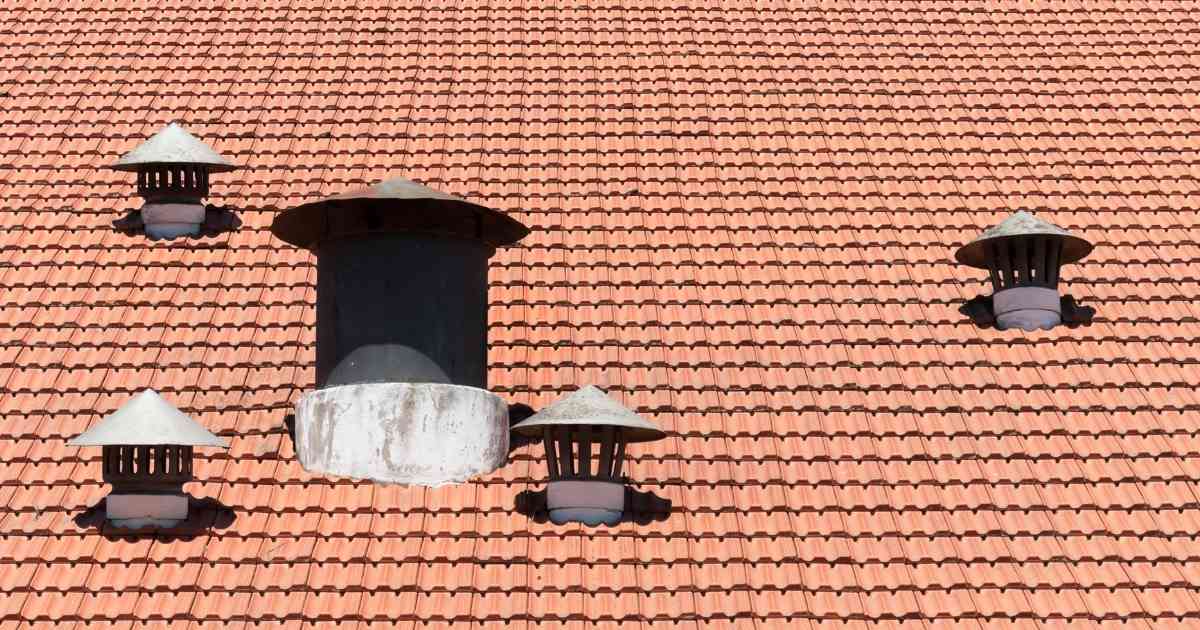Roof vents are a very important roofing accessory that allow air to flow through your roof cavity or attic. These ventilation systems are essential for controlling the temperature and humidity levels inside your roof and are helpful for preventing mold and mildew growth. They are also good at reducing the temperature of your roof so these elements don’t damage the roof structure and materials.
Since roof ventilation systems are so important for maintaining the airflow and conditions in your roof, it is always a good idea to invest in quality vents that are going to be able to handle unwanted elements for many years to come.
But just because roofing vents are designed for practicality doesn’t mean that these roofing accessories cannot be stylish. This is exactly where copper roof vents come into play. Copper vent systems aren’t just highly durable — these roof accessories are also available in a huge variety of designs and styles.
Different Types of Copper Roof Vents
There are many different types of roof vents available on the market, and they all fall into two major categories; active roof vents and passive roof vents.
Active Roof Vent
Active roofing ventilation systems are a type of vent that has a drawing or sucking effect. This allows it to pull air into the building via the intake vent and push the air back out through exhaust vents. Here is a quick look at the four most common copper active roof vents.
Copper Turbine Vent

A turbine vent is also referred to as a whirlybird. These types of copper roof vent systems use convection or rising heat to create a drawing effect that helps move air into and out of the attack even if there is no wind.
Copper Power Vent
Power vents have a circular shape and a low-profile design. These vents are usually installed close to the roof ridge and use electricity to withdraw warm air from the attack or roof cavity. These copper power vent systems can also be combined with a humidistat to help control humidity levels inside the roof during wintertime.
Copper Solar Powered Vent
Solar-powered vents are very similar to power vent systems but use solar energy instead of electricity. These vents do, however, turn off when the battery is being charged. These vent systems can be energy efficient but will struggle to control heat and humidity during the daytime when the battery might be charging.
Copper Ridge Vent
Ridge vents are cut into the roof ridge and usually run along the length of the rooftop in a continuous strip. This is a very popular vent style because it isn’t noticeable from the ground. Ridge vents that don’t consist of a baffle are considered passive vents.
Passive Roof Vent
Passive roofing ventilation systems are designed to use natural elements like wind and convection to allow air to flow through your attic space. These vents usually don’t have any moving parts and, when made of solid copper, they don’t require any maintenance to keep them in good condition. Here is a quick look at the most common types of passive ventilation systems for rooftops.
Static Copper Roof Vent
These vents are also referred to as static vents or box vents and resemble a small box on your rooftop and allow warm air to escape from the roof cavity through the convection method. As the air inside your roof or attic warms up, it will rise and escape through the vent.
Static vents usually feature a louver design or louvered openings to help keep insects and creditors from entering the roof.
Copper Off-Ridge Vent
These vents are similar to box vents or static vents but must be installed on a roof by creating a cutout close to the ridge. Off-ridge vents are usually long and thin in shape and don’t stick out too much, but you will need to install many of them since they won’t be efficient for a large area.
Copper Ridge Vent
We already mentioned what a ridge vent is in the active vent section. But if your ridge vent isn’t fitted with a baffle (a type of chute that allows air to flow), it becomes a passive vent.
Copper Roof Gable End Vent
Copper louvered gable end vent types are usually installed on the wall exterior below the area where roof slopes meet to extract moisture from wall cavities. These vents rely on exterior winds that enter from outside to move air through your attic.
Copper Coupla Vent
This type of traditional roof vent is older but can still be found on some buildings. These vents are usually very large but can increase the aesthetic appeal of your rooftop. They are usually positioned on the roof ridge so air can continuously pass through the vent. Coupla vents often look like small chimneys on rooftops and usually feature a hood or chimney cap for superior weather protection.
Copper Intake Vent
Intake vents are usually installed along with other ventilation systems. These are designed to draw air into the roof with the help of some other device like a whirlybird. There are various types of intake vents, including the following:
Copper soffit vent: Soffit vents are installed directly under a roof in the ave or under a peak and are terrific for cooling your home since they allow hot air to escape quicker.
Copper drop-edge vent: Drip-edge vents are attached to the drop edge of the roof and allow air to enter your rooftop.
Copper fascia vent: Fascia vents are popular for hip roofs (roofs with a pyramid shape) and look and function a lot like a drip-edge vent. They are great for cooling down roofs with large attics.
What Type of Copper Roof Vents Should I Buy?

Most builders and roofers lean towards soffit vents or soffit board vents. These types of intake vents are affordable, highly effective, and won’t alter the look of your rooftop.
However, the right type of copper dryer vent might depend on the type of roof you have or the style you prefer. Not all rooftops are compatible with soffit vents and might benefit a lot more from a box vent or turbine vent.
When choosing the right type of roof vent, practicality is the first thing you should consider. Most of the vents we have listed in our guide are also available in a wide range of sizes, designs, and finishes. This essentially means that you can find a very attractive option no matter what vent type you choose.
Why Choose Copper Roof Vents?
It is best to choose copper roof vents because copper is naturally corrosion-resistant and beautiful. There are, however, many other reasons to choose copper materials for your roof vent.
Aesthetics
Roof vents can be made from all sorts of materials like plastic, steel, and aluminum. Out of all the different vent materials, copper offers the most aesthetic appeal because of pure copper’s natural gleaming red appearance.
Durability
Copper is naturally corrosion-resistant and can last indefinitely. While other vent materials rust away or erode, this material will stay in good shape no matter how much time passes. Copper vents might change in color because a greenish deposit can form on top of the metal as it is exposed to oxygen, but underneath this layer of oxidation, the metal will still be in pristine condition.
Conductive
Copper is also a highly conductive material and will rapidly dissipate heat. This means that the metal is quick to cool down, which assists in controlling the temperature of your roof cavity or attic.
Different Copper Finishes for Roof Vents
Coper is incredibly versatile and pliable, which is exactly why it is such a good product for making roofing vents. This metal can be used to produce vents with a number of different copper finishes.
A patina copper finish, for example, involves using a chemical treatment to age the surface of the copper. This gives the copper vent a more historic or antique look that often takes many years to achieve. Different techniques can be applied to create different types of patina finishes like green finishes, violet finishes, brown finishes, rusty red finishes, or black finishes so your copper vents can match the rest of your roof perfectly.
Copper dryer vents can also be treated with a lacquer. These lacquered finishes don’t include any paint peeling over time. Instead, it is a clear finish that preserves the shine and color of copper so it won’t react with oxygen particles in the air and turn green.
Final Thoughts
Copper roof vents are an ideal solution if you want to maintain that stylish overall look of your roof or if you need a highly durable product that is going to keep your roof properly ventilated no matter how much time passes.
There are many different types and designs of roofing vents, and you can even get these types of vents custom-made by Classic Copper to suit your roof and preference.
